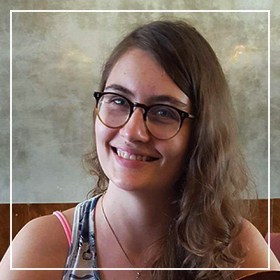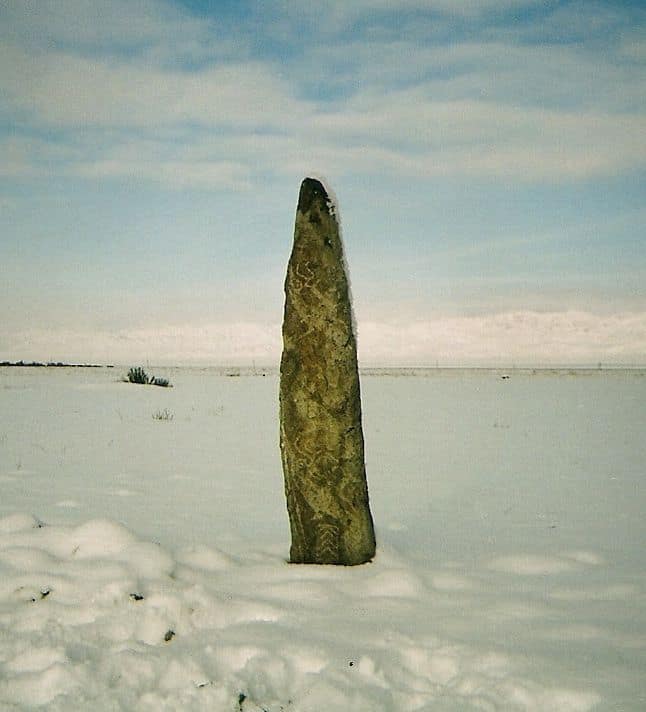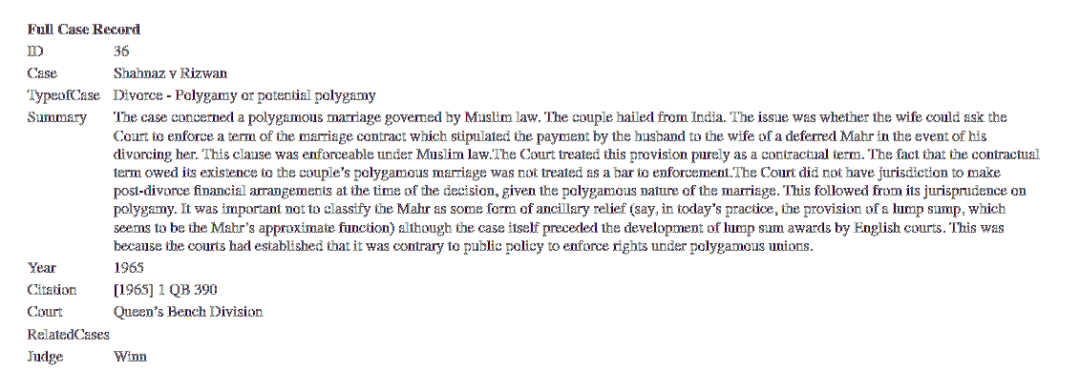Dear Allegra readers, welcome to this week’s new #thread on emerging digital practices! Today’s post introduces not only this theme but also me, Minke Nouwens, Allegra’s newly appointed ‘Master of Collections’ and the driving force behind
the expansion of Allegra’s Virtual Museum of Obscure Fieldwork Artefacts (AVMoFA) onto Instagram.
The idea for AVMoFA’s expansion grew out of my earlier engagement with emerging digital research practices in anthropology – and hence it seems only fitting to celebrate this by revisiting some marvellous posts from Allegra’s archive. The posts in question have drawn our collective attention toward the social media and different app platforms as sites for rethinking our research and methodological practices.
Together these posts offer a moment for slowing down – for taking a break and looking back at ideas developed in earlier thematic threads. Simultaneously they offer the opportunity to look ahead and build upon commonalities toward new insights.
This frame of mind is also at the background of AVMoFA’s expansion. In short, the plan is to start embracing Allegra’s – so far rather passive – Instagram account as a key site for presenting research insights, and thus to offer the opportunity to experiment with Instabition (i.e. Instagram exhibition) as a new form of research dissemination.
In doing so, we are inspired by recent efforts by different digital platforms to seek out collaborations with visual media producers, and to thus provide them with digital spaces for artistic experimentation. Merely one example is offered by WeTransfer, which uses their homepage for presenting work from emerging artists. A while back Snapchat collaborated with Jeff Koons to rebrand itself by giving users the option to paste digital renderings of his familiar sculptures onto their own photos.
The hashtag ‘Instabition’ has quickly gained traction in Instagram as marking the outlet’s potential as a new space where emerging artists (particularly women artists) can present their work outside of, or counter to, established cultural institutions like galleries, art fairs, and museums. Thus digital platforms come to act as spaces of curation, display, and dissemination for artistic expressions, as well as places to question the boundaries of these digital environments and our behaviour towards them. These developments can find meaning and support also for our anthropological endeavours, opening up possibilities of engagement with others.
AVMoFA’s Instabition will give visual anthropologists and artists the opportunity to explore and experiment with diverse materials. Simultaneously, AVMoFA joins a broader move to appropriate Instagram as a significant place for considering the role of visual representations in a digital space.
These initiatives awaken significant research questions – both of ethics and of substance. What happens when we turn an anthropological lens toward ourselves and our interlocutors via Instagram; how do we ensure interlocutor anonymity and respect the sensitive nature of our field sites? What happens to (research) photographs within an Instagram exhibition? How does the platform impact their meaning; how are connections to our research and public communities affected?
AVMoFA’s Instabitions offer a space for reflecting upon such questions in the form of written contextualisation, background information, additional poetic musings – or something else entirely.
To set things in motion, please join me in this delightful series from Allegra’s archives discussing both the use of visual representations in a digital age and the potential of other digital outlets and social media tools in research.
We start tomorrow with a redux by Rachel Douglas-Jones who took part in a Twitter experiment and questions the tweet as field note. On Wednesday we revisit one of our readers’ favourites, namely Anya Evans’s widely circulated essay on Tinder as a research tool in her fieldwork among Palestinians and Israeli settlers in the Occupied Palestinian West Bank.
On Thursay we revisit Allegra’s fieldwork thread from 2015 via Franziska Fay’s essay on what happened when she gave cameras to children during her field research in Zanzibar’s national “child protection system.” And on Friday we share Ilona Soujanen’s essay on the uses of Instagram, Facebook, and WhatsApp to develop an innovative way to study the phenomenon of happiness visually.
We will close this week with a call for images for our first Instabition experiment on Friday – so stay tuned!
If you have an idea you would like to play around with, please get in touch with me by emailing submissions@allegralaboratory.net with the subject heading “AVMoFA.” And, lastly,
do not forget to follow our Instagram page to partake in the various Instabitions we have in store for you!
See you soon,
Minke
Featured image by Tanja Cappell (flickr, CC BY-SA 2.0)





